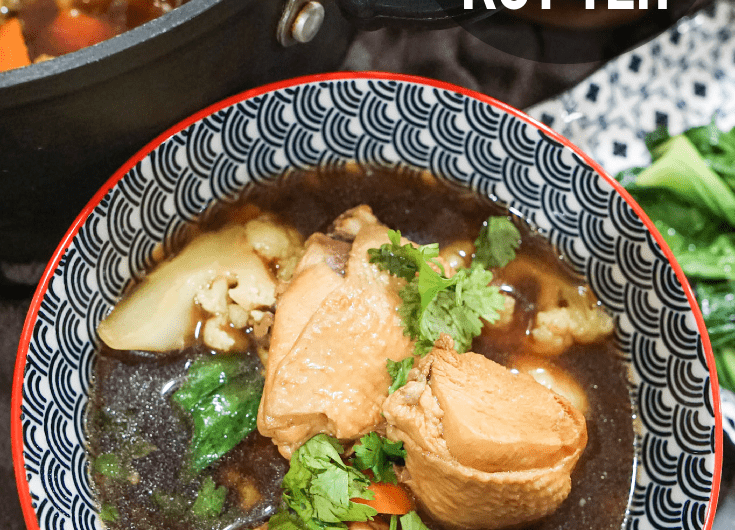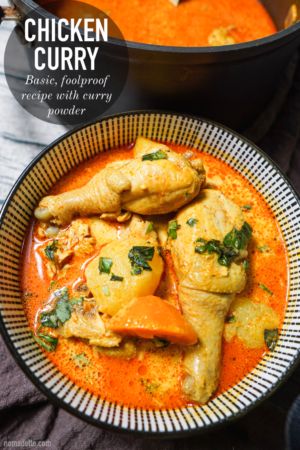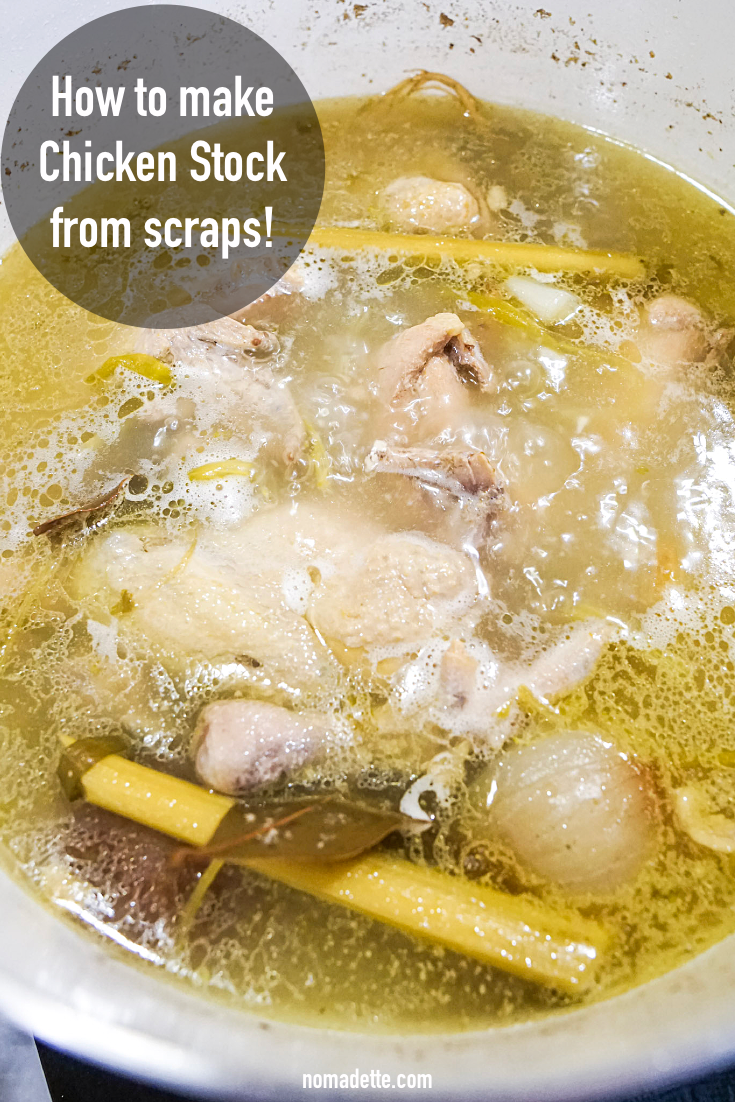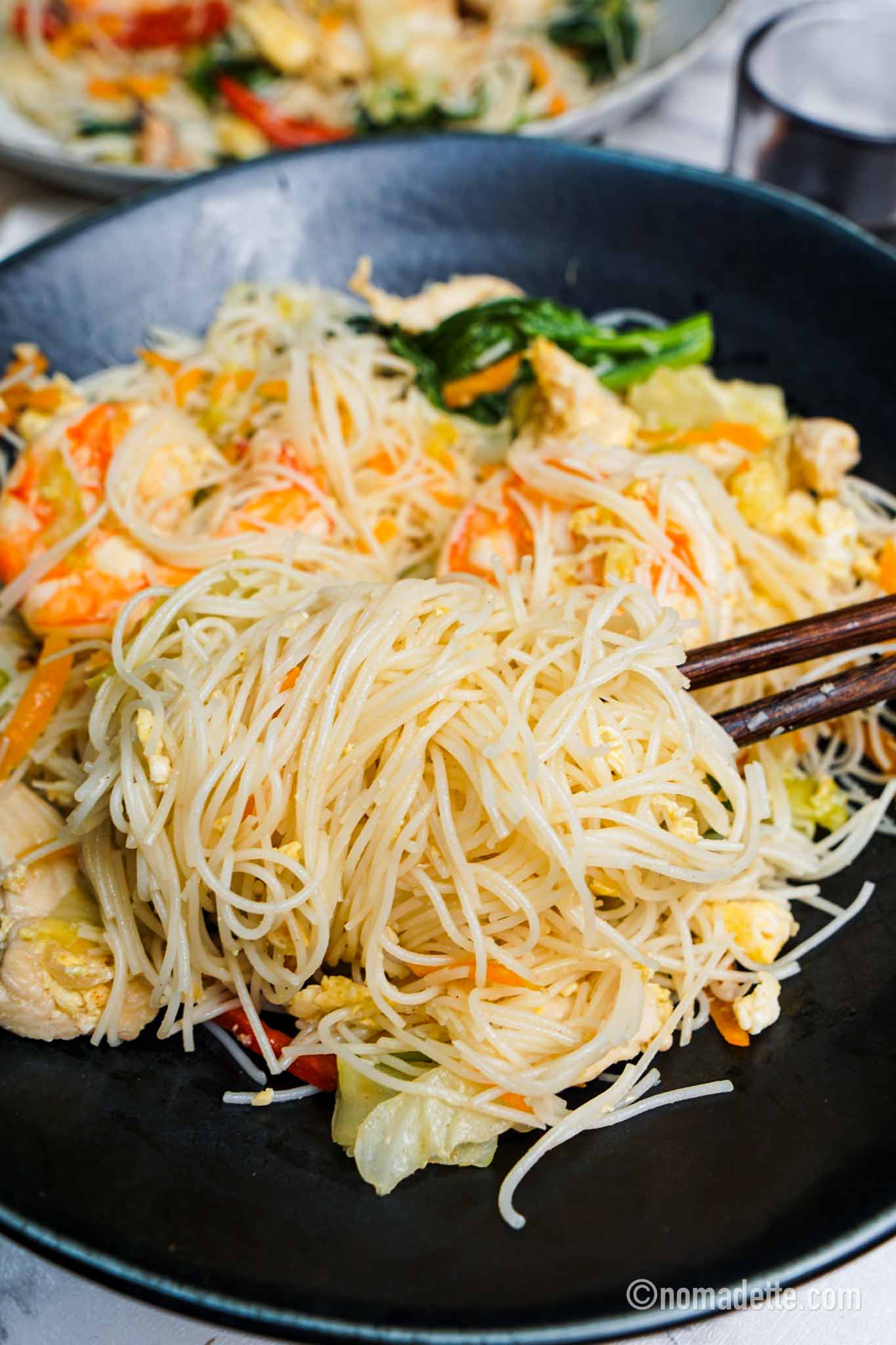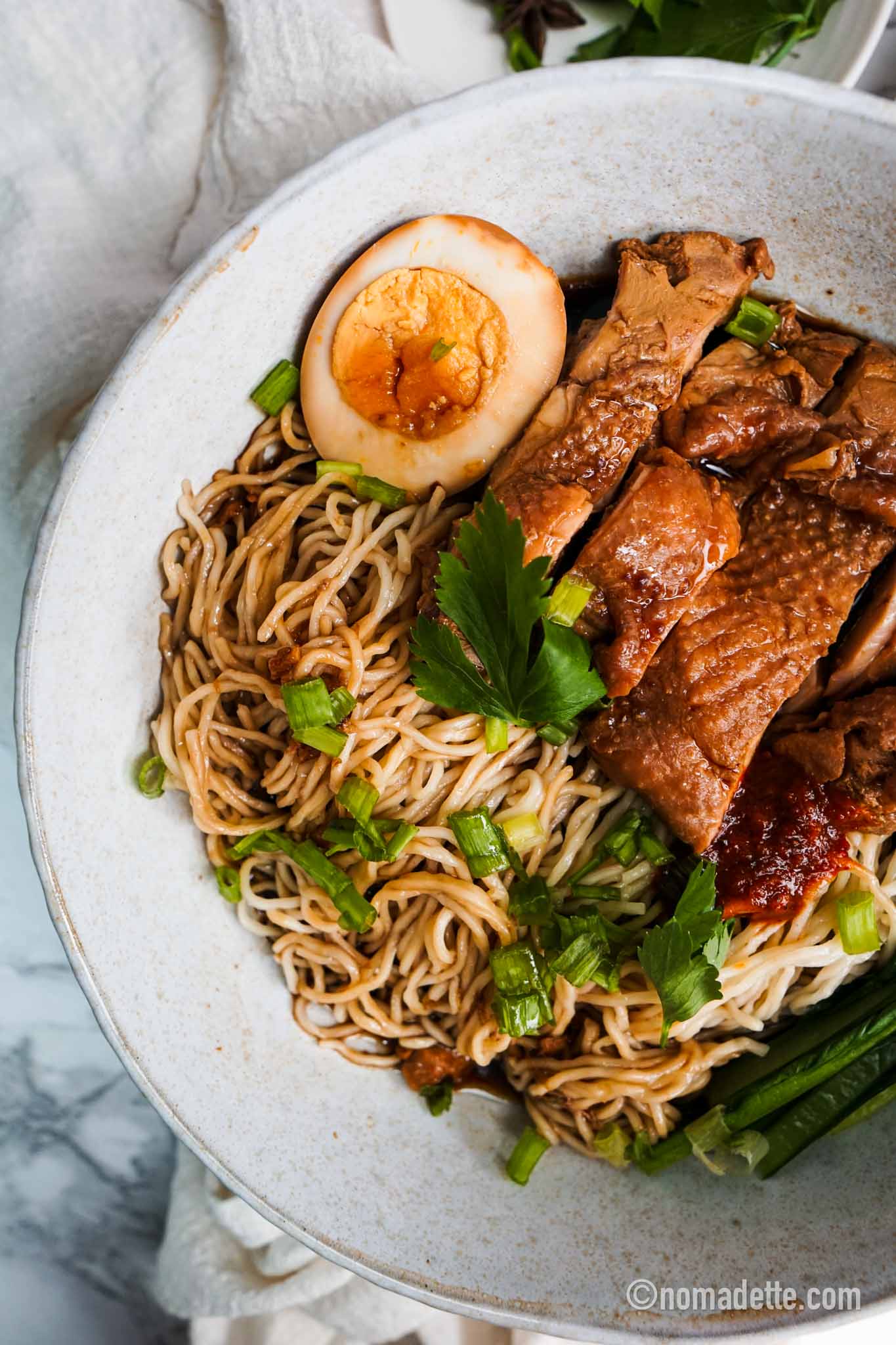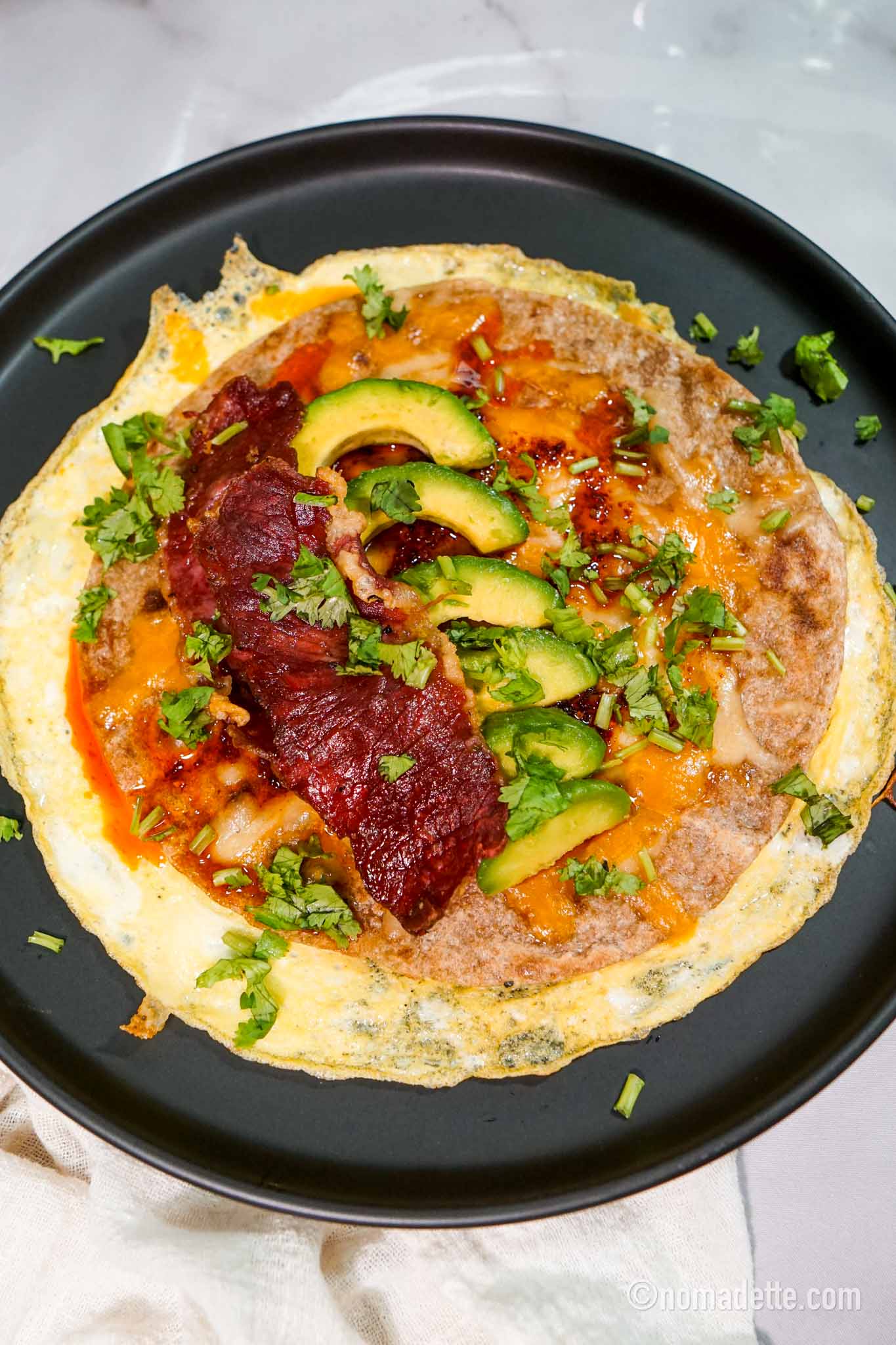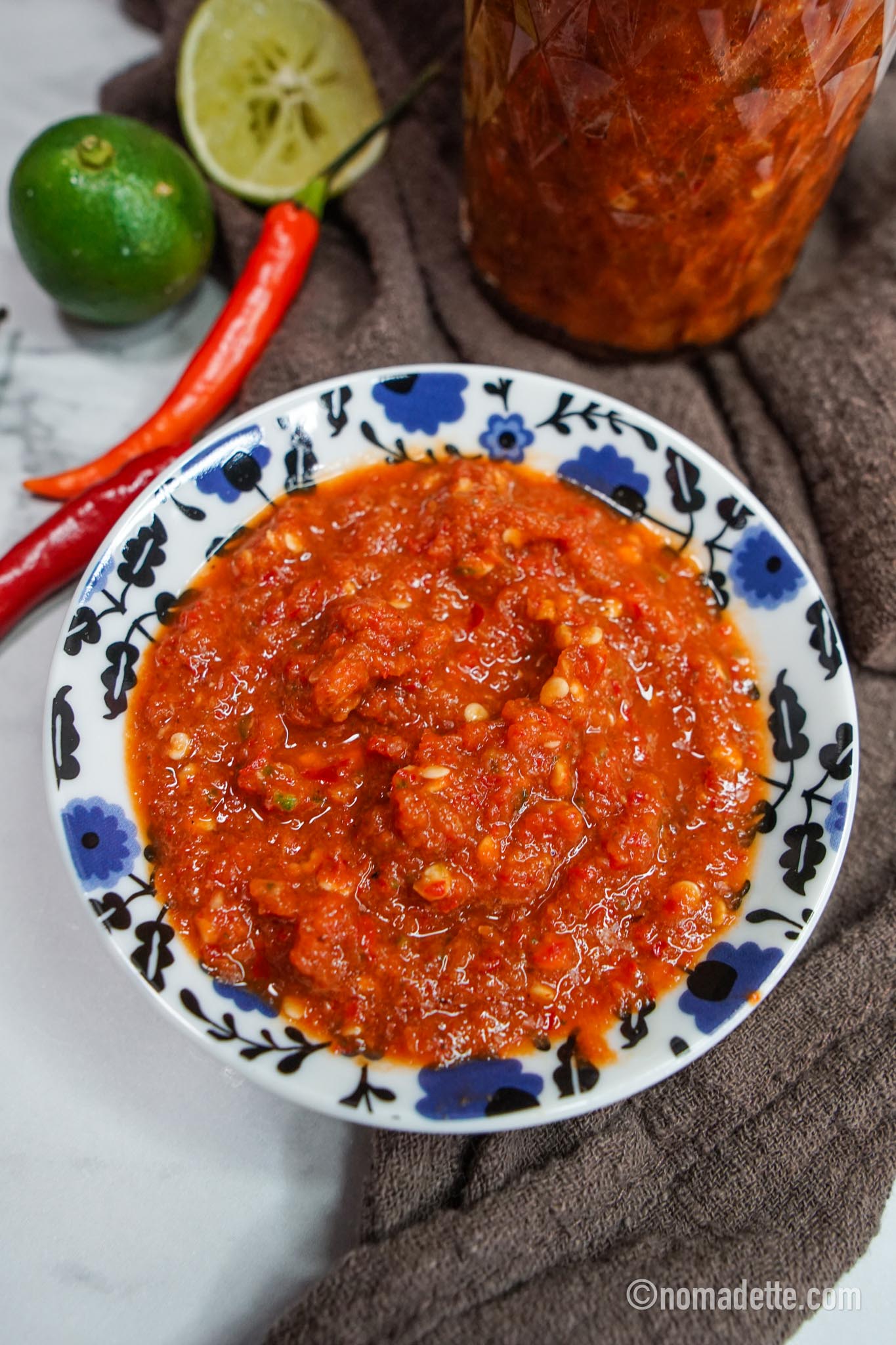This in an easy recipe for the Singapore hawker centre classic, Bak Kut Teh, but with chicken.
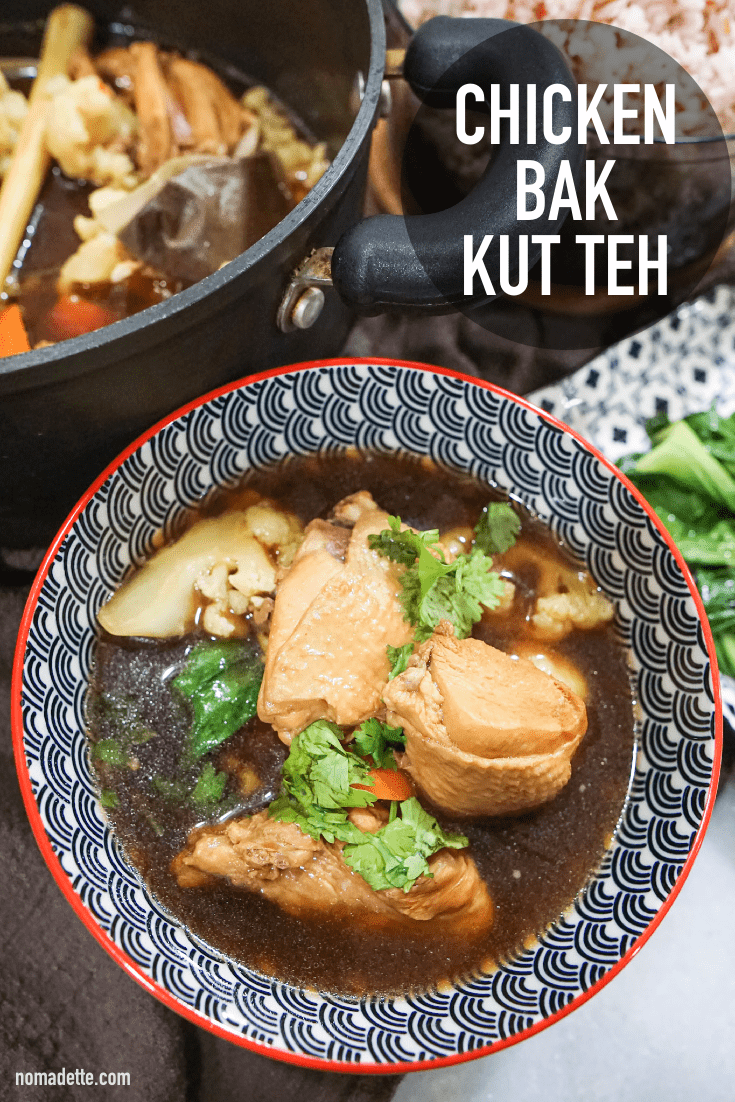
Bak kut teh is a popular Chinese hawker dish in Singapore and Malaysia. Roughly translated as “meat bone tea”, it is traditionally pork rib stewed in a herb infused broth. Herby, peppery, nutritious, this soup is perfect for the rainy weather we are experiencing recently in Singapore. There are two versions in Singapore; a peppery Teochew-style and a more herby Hokkien version.
Instead of pork, this is a fully chicken version also known as Chik Kut Teh, making this a Halal dish.
I first made Chicken Bak Kut Teh in my Japanese rice cooker which has a soup setting. I recreated it in this stovetop recipe since not all of us have a rice cooker with a soup setting. The rice cooker version is considerably much easier, but I’m happy to report the stovetop version was not that difficult too.
The Bak Kut Teh Herb Sachet

The main flavour of Bak Kut Teh comes from the complex myriad of herbs. The herbs can be a differ in blend, but the main herb present is the dong gui/dong quai (Angelica sinensis). Dong gui is a traditional chinese medicine also known as female ginseng. Apparently it relieves menopausal and pre-menstrual syndrome symptoms.
These days, bak kut teh herb sachets are easily available in supermarkets. My favourite go-to brand is A1. It is also Halal-certified. That said, technically all the herb sachets should be halal as they should only contain herbs and no meat substance at all. Read the ingredients list to be sure.
Garlic is the most important aromatic to add to Bak Kut Teh. Besides garlic, I also added extra aromatics and herbs. These are simply random bits of aromatics that can’t quite make it into regular dishes such as ginger nubs and cilantro roots. Sometimes I like to add one or two bird’s eye chillies, lightly mashed to release a bit of heat. This is absolutely optional! You get a lot of flavour from the sachets already. Adding the aromatics will deviate from the taste of the original Bak Kut Teh, so don’t add the aromatics if you want to experience the true flavour.

What Chicken Parts to use for Chik Kut Teh?
Bone-in, skin-on chicken is best used for this to extract the best chicken flavour. I recommend using the dark meats of the chicken so it does not dry out and become tough. Even then, I would recommend that you do not let the soup boiling for more than an hour. Even if your dark meats are not dry, mostly likely it will not have much flavour since it has all leeched into the soup. If your goal is a more flavourful chicken soup however, go ahead and continue to boil.
I have used boneless chicken breast to make this however, and it was still a good soup, albeit not as strong a chicken flavour. If using chicken breast, remove the chicken after 20 minutes of cooking or else it will dry out. You can continue to let the soup brew with the herb sachets.
The Vegetables
The typical vegetables used in this include dried Shiitake mushrooms and (lots of) garlic, but you can use whatever vegetables you like. Tofu puffs and tofu skin are also very typical bak kut teh ingredients. For some reason, I never have these ingredients when I’m making bak kut teh! Bak Kut Teh is not a need-planning dish for me, it’s more of a chicken soup to me.
In this recipe, I used carrots and cauliflower. Any starchy or cruciferous vegetables would fare well in this.
Do you need to parboil chicken?

Recipes using the traditional pork bone suggest that the meat be parboiled first, before being boiled in new water. This method is suppose to result in a clearer and a cleaner tasting soup. Even though chicken is not as strong a flavour as pork might be, you can parboil it as well.
In this recipe, I parboiled it, but it is optional. If I’m making Bak Kut Teh using freshly bought chicken or kampung chicken which is leaner, I would not parboil. With frozen chicken, I sometimes find that it has a stronger, gamey smell. Parboiling will help to remove it.
Another option is to sear the chicken first with some oil in the pot until it is not pink anymore, before adding water. This can also boost the flavour of the soup. I rarely do this since I prefer a healthier soup when making Bak Kut Teh.
Can I use other Meat?
Yes! Chicken is the go-to alternative to pork, but try this with a slow braising beef cut, ox tail or even lamb ribs. For those, parboiling is highly recommended. Adjust cooking time according to the meat.
Other recipes you might like:


